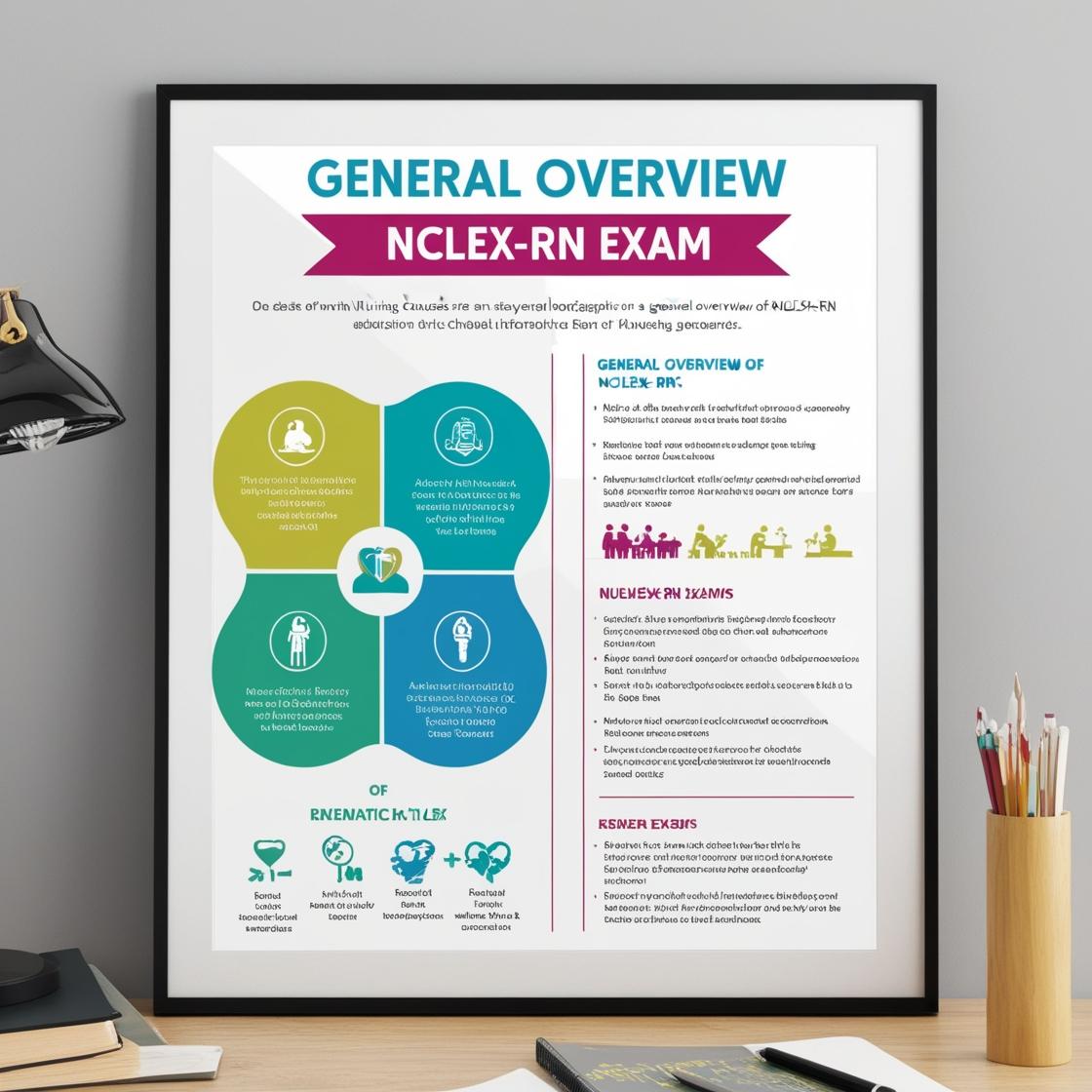NCLEX NCLEX-RN
NCLEX RN Prioritization Questions
1. The nurse plans health care for a community with a large number of recent immigrants from Vietnam. Which intervention is the most important for the nurse to implement?
- A. Hepatitis testing
- B. Tuberculosis screening
- C. Contraceptive teaching
- D. Colonoscopy information
Correct answer: B
Rationale: Tuberculosis (TB) is prevalent in many parts of Asia, including Vietnam, and the incidence of TB is higher in immigrants from Vietnam compared to the general U.S. population. Conducting tuberculosis screening is crucial to identify and address any cases promptly, especially in a community with recent immigrants from Vietnam. While teaching about contraceptive use, providing colonoscopy information, and testing for hepatitis may be relevant for certain individuals in the community, they are not as universally important as tuberculosis screening due to the increased risk of TB among Vietnamese immigrants.
2. When obtaining a health history and physical assessment for a 36-year-old female patient with possible multiple sclerosis (MS), the nurse should
- A. assess for the presence of chest pain.
- B. inquire about urinary tract problems.
- C. inspect the skin for rashes or discoloration.
- D. ask the patient about any increase in libido.
Correct answer: B
Rationale: When assessing a patient for possible multiple sclerosis (MS), it is important to inquire about urinary tract problems as they are common symptoms of the condition, such as incontinence or retention. Chest pain is not typically associated with MS, so assessing for its presence is not a priority. Inspecting the skin for rashes or discoloration is not a typical manifestation of MS. Additionally, a decrease in libido, rather than an increase, is more commonly seen in patients with MS. Therefore, the most appropriate action for the nurse in this scenario is to inquire about urinary tract problems.
3. A 49-year-old patient with multiple sclerosis (MS) is to begin treatment with glatiramer acetate (Copaxone). Which information will the nurse include in patient teaching?
- A. Recommendation to drink at least 4 L of fluid daily
- B. Need to avoid driving or operating heavy machinery
- C. How to draw up and administer injections of the medication
- D. Use of contraceptive methods other than oral contraceptives
Correct answer: C
Rationale: When initiating treatment with glatiramer acetate (Copaxone), patient education should focus on teaching the patient how to draw up and administer injections of the medication. Copaxone is administered via self-injection, hence understanding the correct technique is crucial for successful treatment. Recommendations regarding fluid intake or the need to avoid driving heavy machinery are not directly related to glatiramer acetate therapy. Additionally, while discussing contraceptive methods may be important, the use of oral contraceptives does not specifically contraindicate the use of glatiramer acetate.
4. Which information about a 60-year-old patient with MS indicates that the nurse should consult with the healthcare provider before giving the prescribed dose of dalfampridine (Ampyra)?
- A. The patient has relapsing-remitting MS
- B. The patient walks a mile a day for exercise
- C. The patient complains of pain with neck flexion
- D. The patient has an increased serum creatinine level
Correct answer: D
Rationale: The correct answer is that the patient has an increased serum creatinine level. Dalfampridine should not be given to patients with impaired renal function as it can worsen their condition. Options A, B, and C are unrelated to the administration of dalfampridine. The fact that the patient has relapsing-remitting MS, walks for exercise, or experiences neck pain does not directly impact the decision to administer dalfampridine. However, an increased serum creatinine level is a contraindication for this medication and requires consultation with the healthcare provider to determine the appropriate course of action.
5. A nurse is caring for a patient with peripheral vascular disease (PVD). The patient complains of burning and tingling of the hands and feet and cannot tolerate touch of any kind. Which of the following is the most likely explanation for these symptoms?
- A. Inadequate tissue perfusion leading to nerve damage.
- B. Fluid overload leading to compression of nerve tissue.
- C. Sensation distortion due to psychiatric disturbance.
- D. Inflammation of the skin on the hands and feet.
Correct answer: A
Rationale: Patients with the peripheral vascular disease often sustain nerve damage as a result of inadequate tissue perfusion. Ischemic rest pain is more worrisome; it refers to pain in the extremity that is due to a combination of PVD and inadequate perfusion. Ischemic rest pain often is exacerbated by poor cardiac output. The condition is often partially or fully relieved by placing the extremity in a dependent position, so that perfusion is enhanced by the effects of gravity.

Access More Features
NCLEX RN Basic
$1/ 30 days
- 5,000 Questions with answers
- Comprehensive NCLEX coverage
- 30 days access
NCLEX RN Premium
$149.99/ 90 days
- 5,000 Questions with answers
- Comprehensive NCLEX coverage
- 90 days access
